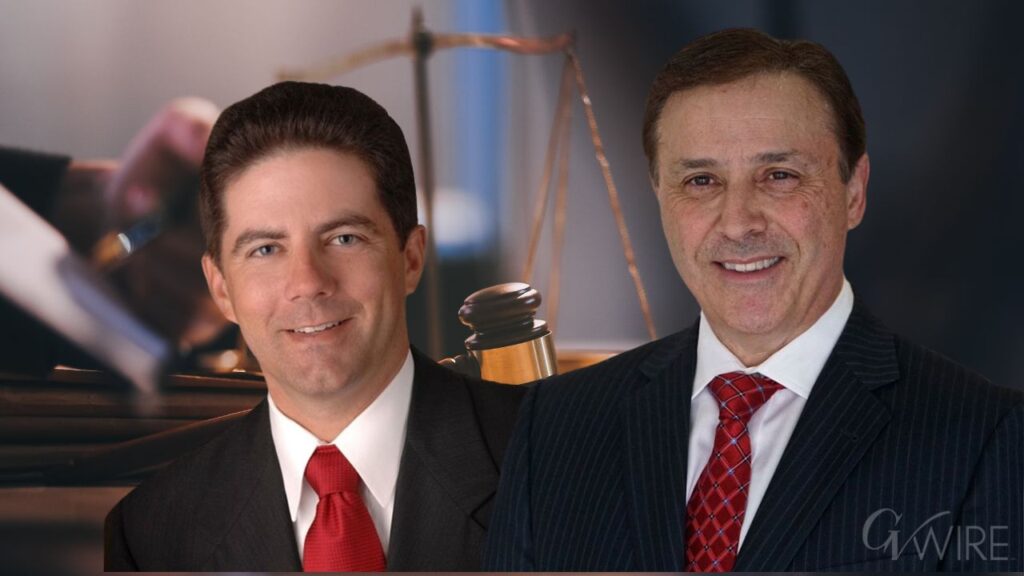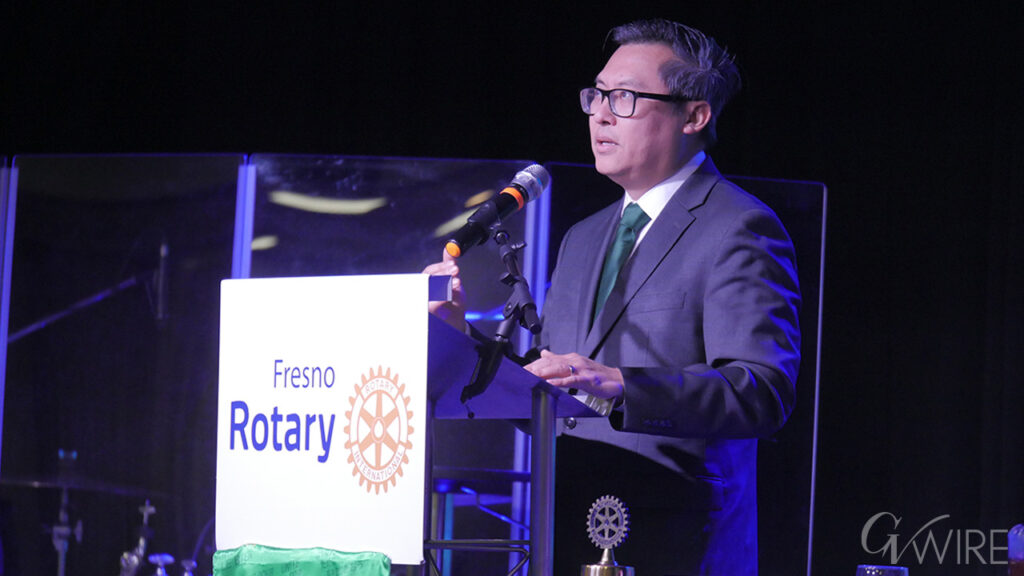Share
As the elected leader of the International Brotherhood of Electrical Workers Local 1245, which represents approximately 12,000 frontline utility workers at Pacific Gas & Electric Co., I have paid careful attention both to legislative activity in Sacramento and to PG&E’s bankruptcy proceeding.

by Tom Dalzell
Special to CALmatters
Several months ago, a consortium of hedge funds that owns a large percentage of PG&E’s stock replaced PG&E’s existing board of directors with a new board, which included several direct representatives of hedge funds. Traditional institutional investors are no longer running PG&E. Hedge funds are.
And in the last few days, there has been much criticism of a reorganization plan that was put forward by another group in bankruptcy court. That other group also includes hedge funds. But those hedge funds own PG&E bonds.
Those who follow finance will appreciate the traditional friction between equity and debt. But from our perspective, all the hedge funds on the stage at PG&E, be they bondholders or stockholders, are, in essence, the same creatures.
They are investors who use high-risk methods in hopes of realizing large capital gains. Whether they are dealing in equity or debt, these hedge fund operators are all cut from the same cloth.
Only Plan Publicly Available and Politically Feasible
The rational thing to do here is to compare all the plans for reorganizing PG&E and weigh the merits of each. However, as things stand today, there is only one viable plan for reorganization, and that is the one put forward by the bondholders, as the plan articulated several weeks ago by the shareholder hedge funds has dissolved to all but nothing.
The equity plan for reorganization was based on assumptions that have not proven feasible.
- First, the equity plan assumed that PG&E could issue tax-free bonds based on future profits. Legislation is required to realize that goal, and that doesn’t strike us as likely in the existing political climate.
- Second, the equity plan assumed that PG&E could issue tax-free bonds based on $5 billion in cost savings achieved over the next 10 years. When it was pointed out that those savings belong to ratepayers, not the shareholders, that part of the plan collapsed.
The bondholder plan may not be perfect, but it is the only plan that is currently publicly available and politically feasible.
I am sure that the hedge funds that control PG&E will develop a revised plan for reorganization. I look forward to seeing it, and I look forward to seeing plans that others might develop. Then, and only then, can we do a rational comparison of plans.
For the time being, our members will do their jobs, providing critical electric and gas service to millions of Californians.
These dedicated men and women are highly skilled and proud of their work, and we are steadfastly committed to ensuring they do not become collateral damage in the course of these proceedings.
We do not have the luxury of doing without hedge funds today, but as Mavis Staples urged us, let’s keep our eyes on the prize – clean, safe, affordable energy for California.
About the Author
Tom Dalzell is business manager of IBEW Local 1245, which represents PG&E workers, info@ibew1245.com. He wrote this commentary for CalMatters, a public interest journalism venture committed to explaining how California’s Capitol works and why it matters.



















